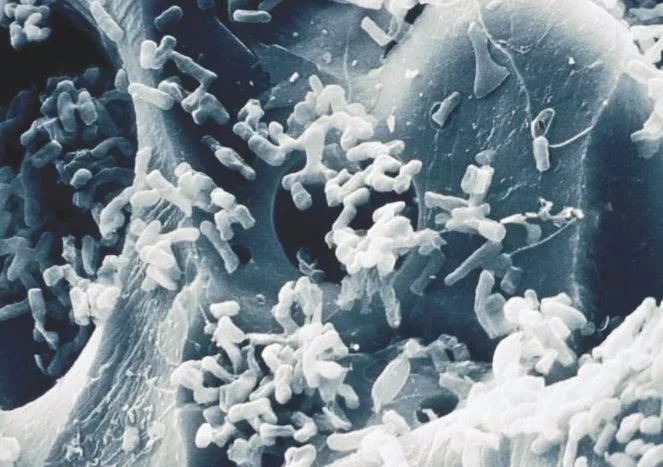These are the directions for performing the tests that you will refer to each time you need to determine the total chlorine, free chlorine or ammonia concentration of a water sample.It is important to follow these testing instructions very closely. Extra test strips are not provided so you will need to make each one count.
Operation Water Biology Glossary
All Operation Water Biology Handouts in One PDF Document
Lesson Three: Ammonia and Chloramine
Students will learn about the sources of ammonia in ground water, the consequences of high ammonia concentrations in water supplies, and the manner in which these problems are usually dealt with. Students will learn about biological filtering as a way to use bacteria to remove ammonia from water. Students will learn about the chemical reaction between chlorine and ammonia which results in the creation of chloramine and will learn about chloramine. Students will be able to demonstrate calculations involving concentrations, volumes and dilution factors.






